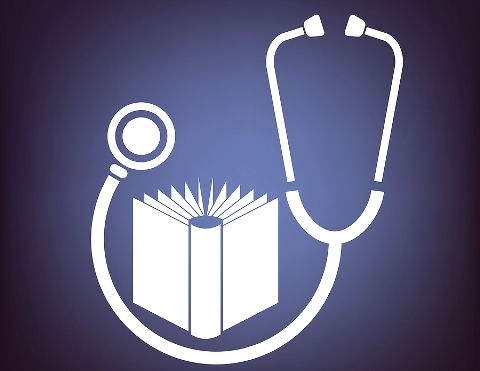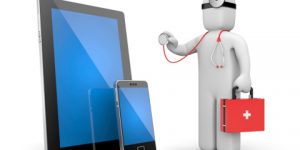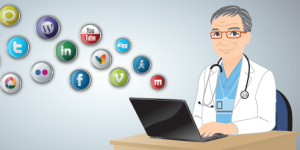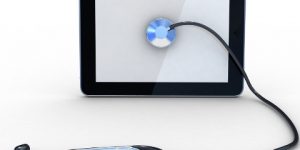New Delhi: January 29, 2021
Medical treatment is about to go wireless. New advances in microelectronics have enabled doctors to contemplate the day when they will be able to monitor and treat their patients with medical implants that use wi-fi, Bluetooth and other kinds of wireless technology. With this technology physicians will be able to adjust their patients therapy using a computer or phone. Patients will be freed from having to remember to take their medication and don’t have to experience the pain of multiple injections. Over the past decade, device manufacturers have incorporated chemicals or drugs into medical implants with the objective to improve efficacy and reduce morbidity.
Wireless drug implant
An implant that can be wirelessly programmed to release drugs inside the body has been successfully tested in humans. Researchers say that the device could save patients from the painful ritual of daily injections. The MicroCHIPS implant enables active control of drug dose through its wireless programming, and that function was tested in the trial, although it is not really necessary for osteoporosis treatment. It is also possible to have an entire pharmacy on the chip, delivering different drugs when needed. MicroCHIPS is now looking at incorporating sensors into the implants to allow them to respond to metabolic changes, such as variations in blood glucose levels.
Medicine 2.0
Physicians can use smartphones to monitor the continuous vital signs of patients living in different cities. A sophisticated smartphone app that uses a wireless sonogram sensor allows physicians to help spot leaky heart valves and other heart conditions that would traditionally require expensive hospital imaging.
A lot of health information, such as vital signs, glucose levels, and other diagnostic data, can now be collected by individuals using wireless technologies that work on commercially available smartphones. One of my friends who recently had a jaw relocation for sleep apnoea was surprised to learn from a book that she could monitor her own brainwaves during sleep with her iPhone and a $100 app. It produces a graph showing how much time she was in deep sleep, when she woke up in the night, and REM sleep cycles; the app even calculates a sleep score to quantify how well she slept. Another friend, recently diagnosed with diabetes, was intrigued to find out that she could wirelessly monitor and continuously record her glucose levels to get a more complete picture than with the fingerstick method she uses.
In The Creative Destruction of Medicine, influential cardiologist Eric Topol, Director of the Scripps Translational Science Institute argues that the digital revolution will fundamentally change the way medicine is practised. He proposes that the convergence of genomics (especially pharmacogenomics), with smartphones, biosensors, and other technologies will lead us to a near future where “medicine can and will be rebooted and reinvented one individual at a time”. At the heart of this vision is the need to move away from the current practice of treating people as populations to tailoring treatments to individuals.
Topol sees a future where genomics will help transform the way we test and administer drugs, individualising treatments on the basis of the specific characteristics of patients. It’s a scenario, he points out, that seems increasingly likely given the declining cost of sequencing an individual’s genome, which has dropped from about US$1 billion 10 years ago to less than $1000 today. Topol discusses the potential of genome sequencing to advance individualised medicine by, for example, identifying those people at high risk of the most aggressive type of prostate cancer; targeting which patients really need statins and screening out those predisposed to rare but serious side-effects; and showing which patients cannot metabolise clopidogrel and convert it to an active drug. Topol suggests that such approaches would not only improve patient care but would also mean huge savings for the US health system. He does caution that “Currently the ability to sequence is way out in front of our ability to interpret the data”, and admits that genomics has not yet delivered the goods with regard to identifying disease susceptibility. But if genomics does start delivering as Topol predicts, this could greatly accelerate the penetration of the digital genomics revolution into medicine, empowering individuals to contribute successfully to improving their own health care. In the meantime, Topol makes a convincing case that pharmacogenomics is delivering now, increasing our understanding of which genes are responsible for interacting with prescription medications.
(Inputs from The Lancet)








